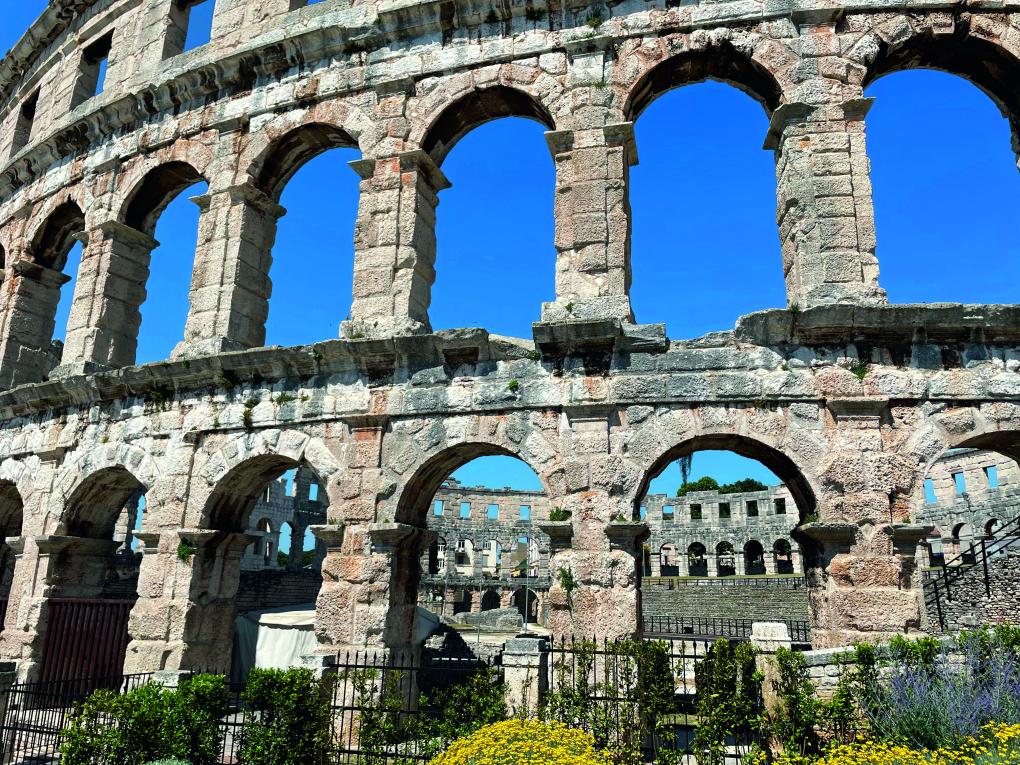In everyday life, we often use sustainability as a relative quantity: one measure is more sustainable than another. In a world with finite resources, the benefits of one thing must be weighed against the benefits of another. However, it is difficult to make reliable comparisons as long as there is no binding framework for permitted resource consumption.
That’s why all the effects of building and operating a stadium have to be priced in – not just the economic effects, but also the social and ecological ones. This includes the benefits of a stadium on the positive side as well as the costs on the other side – from construction to the emissions caused by the events to deconstruction at the end of the life cycle.
The sustainability of a stadium would then be synonym the profitability This would mean that a stadium that is not economically viable can never be sustainable. The proof of sustainability would consist of a simple payback calculation: The longer the utility life of a stadium in relation to the investment, the more sustainable its construction. The lower the operating costs, the faster the curve moves toward environmental breaking point. Almost 2,000 years ago, the Romans built the amphitheater in Pula (Croatia) using regional building materials.
Material made from functions that were no longer needed was used over time for other construction projects. And yet it is still used today for concerts and film festivals. This investment has more than paid it off. Is it possible to imagine a more sustainable facility for events?
This article was published in Stadionwelt INSIDE 1/2022
Contact & Imprint
Companeer GmbH
Parkstr. 22 | 80339 Munich
Phone +49 (89) 21 55 10 31
hello@companeer.com
© 2024 Companeer GmbH
Managing director:
Thomas Albinger
Commercial register:
Munich HRB 202961
